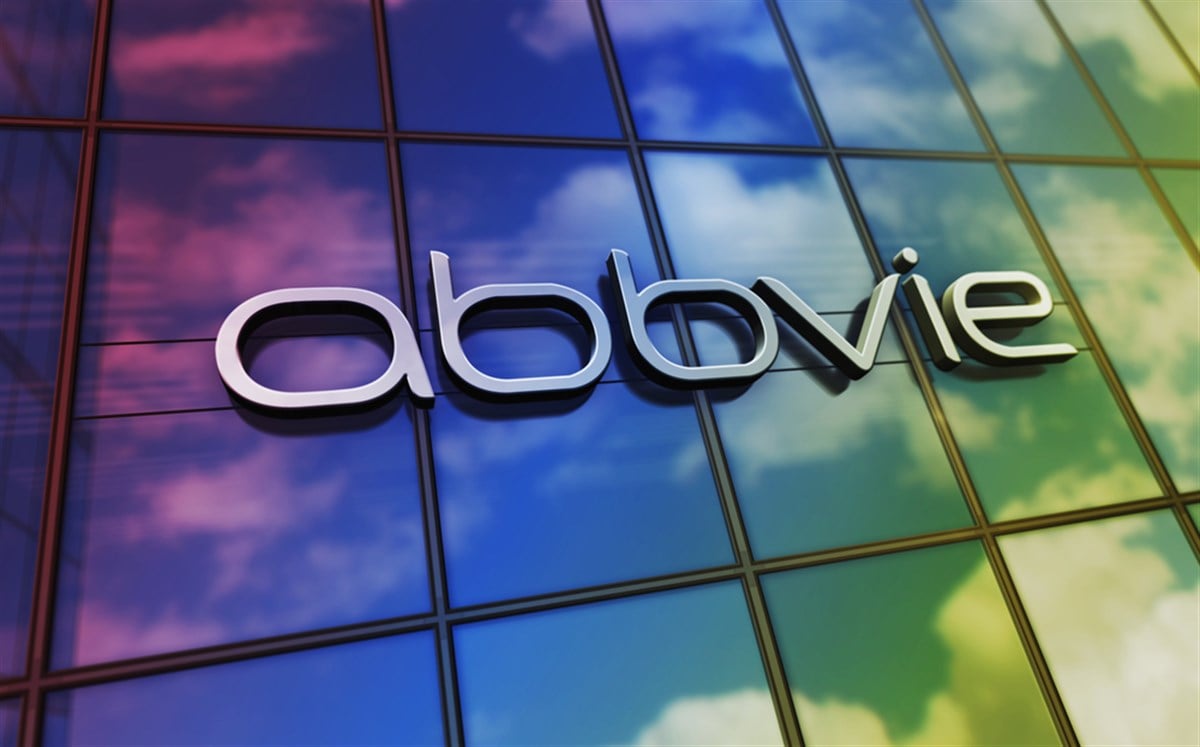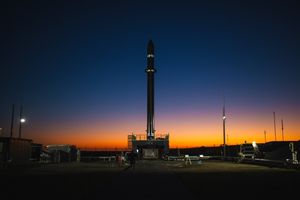
Christmas came early for Cerevel Therapeutics shareholders courtesy of AbbVie Inc. (NYSE: ABBV).
Last week, AbbVie announced a plan to acquire the Massachusetts-based biotechnology company in an all-cash deal worth $8.7 billion. Cerevel, which specializes in treatments for brain diseases, finished the week up 59%. Its stock began moving sharply higher in the days leading up to the press release, pointing to a possible information leak.
AbbVie shares also moved higher on the news, an uncommon event for an acquirer. It shows that the market is initially bullish on the pharmaceutical giant’s latest buyout — and for good reason.
Cerevel brings a pipeline of five clinical-stage investigational therapies to treat a range of neuroscience diseases and disorders. Its crown jewel asset, Emraclidine, has the potential to transform the standard of care in schizophrenia and Alzheimer’s disease psychosis. The company is also developing novel therapeutics for epilepsy, panic disorder and Parkinson’s disease.
The acquisition is intended to bolster an AbbVie neuroscience portfolio that includes approved treatments for migraines, movement disorders and psychiatric disorders along with several pipeline candidates. Vraylar, a neuroscience drug that was inherited from Allergan, grew sales 35% in the third quarter of this year. AbbVie appears to be doubling down on the fast-growing field in hopes of boosting its sluggish financials. AbbVie revenue was down 10%, 5% and 6%, respectively, in Q1, Q2 and Q3.
AbbVie forecasts that the deal won’t have a positive impact on earnings per share (EPS) until 2030. This highlights the long-term, uncertain nature of biotech acquisitions. They often hold the potential for big gains but also heavy volatility. This particular deal, which remains subject to Cerevel shareholder and regulatory approvals, is expected to close mid-2024.
Wednesday’s announcement comes just a week after AbbVie unveiled a plan to acquire ImmunoGen for $10.1 billion. The key asset in that deal is Elahere, an ovarian cancer drug that received FDA approval last year. Along with ImmunoGen’s other oncology candidates, AbbVie is hoping the buyout will inject some much-needed growth. The company’s third-quarter performance showed how dependent it is on rheumatoid arthritis drug Humira, which faces increasing generic competition.
While the diversifying AbbVie appears to be in a state of flux, there is one constant investors can depend on — the dividend.
What is AbbVie’s dividend?
AbbVie has increased its dividend for 51 consecutive years. This includes the time when it was still a part of Abbott Labs. Along with Abbott, it makes the company part of a highly select group of 50-year dividend growers also known as the Dividend Kings.
Over the last five years, AbbVie has raised its dividend at a 10.5% annual rate, a pace few Dividend Kings have topped. In conjunction with its third-quarter results, the company boosted its quarterly dividend to $1.55 per share which will be payable February 15th, 2024. This gives the stock a $6.20 annualized dividend and a 4.2% forward yield — roughly on par with the current 10-year Treasury yield.
At 13x forward earnings, ABBV is one of the least expensive Dividend Kings. In contrast, former parent Abbott is one of the most expensive with a P/E ratio of 23x.
What is the return potential for ABBV?
Wall Street’s reaction to AbbVie’s late-year acquisition spree has been largely bullish. Last week, three sell-side firms confirmed buy ratings, while Bank of America remained neutral. Piper Sandler raised its price target from $175 to $180. With other analysts yet to incorporate ImmunoGen and Cerevel into their numbers, there’s a good chance targets trend higher in the coming weeks.
For now, the consensus target is $170 — which implies 14% upside over the next 12 months. This is roughly what the stock has gained annually over the last 10 years. Toss in the dividend, though, and the total return potential (as of now) is around 18%.
This summer, it looked like ABBV’s three-year win streak would come to an end in 2023. Sparked by a disappointing first-quarter report, the stock was down as much as 18% for the year. Since then, it has rallied and is within $13.00 of finishing in the green. It will take a big move — but currently, on an eight-day winning streak, momentum is on its side.







